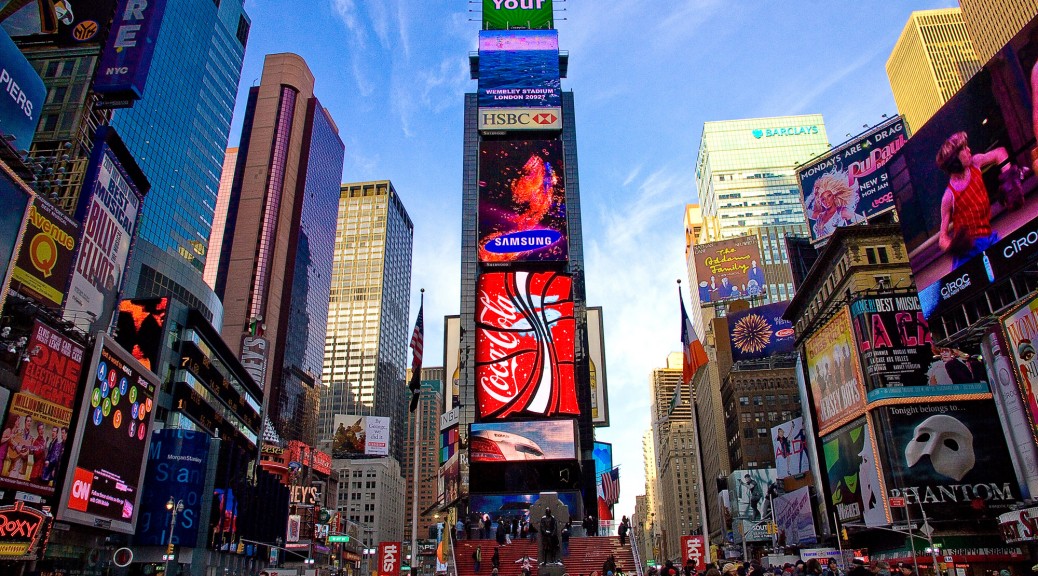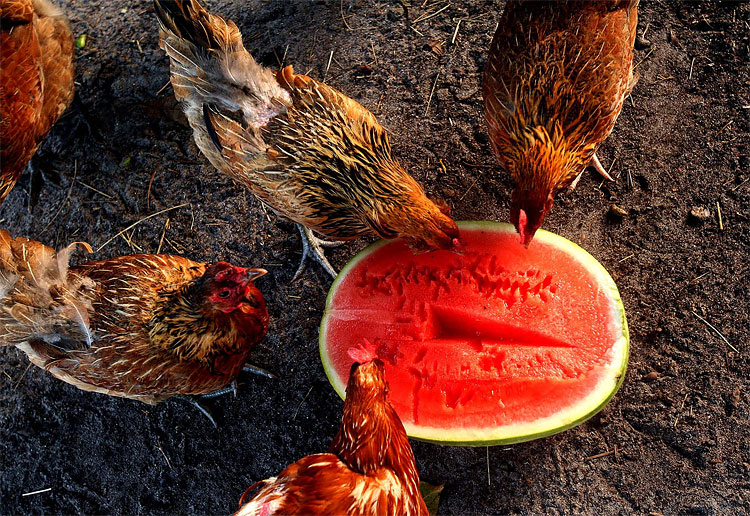Last week we touched upon the importance of the need for congruence between the public’s perception of a company’s intrinsic goals and their social/environmental initiatives, specifically decreased product usage. Patagonia’s ‘worn wear’ campaign was brought up as a prime example of this. It was mentioned that a ‘don’t buy this jacket’ campaign was launched on Black Friday, where an advertisement urging consumers to NOT buy a jacket was displayed on screens in Times Square.

It is a popular stereotype that all companies exist to make a profit, regardless of the cost; especially companies that can afford a billboard at Times Square. Personally, as a consumer unfamiliar with Patagonia’s company goals, my initial reaction to this campaign was indeed slightly negative as an incongruence between the message and my perception of the company’s profit goals came to mind. I felt a sort of subtle reverse psychological manipulation was being played. Something about the idea of a for-profit business genuinely trying to do good didn’t add up for me. Perhaps we are all defaulted to assume the worst and have too little faith in businesses. Extending this idea of congruence further than in the case of decreased product usage, we can also observe reactions to congruence in companies that have undertaken other sustainable practices.
Taking a look some of the companies that have received recognition for their work towards sustainability, we can touch upon General Mills’ pledge to sustainable agriculture. They work in collaboration with suppliers of 10 of their main ingredients, representing 50% of their total raw material purchases, to place less of a negative impact on social and environmental surroundings. This enables them to sustain the resources needed for the business to continue its operations. Another company we can observe is Walmart and their commitment to increase efficiency in their truck fleets, in turn decreasing their operation costs as well as benefiting the environment.
Both of these initiatives demonstrate an obvious congruence between their commitments and company goals, and perhaps as a result these companies received more recognition from the public and mass media. But should companies really have to demonstrate congruence to garner public support? And does the motivation behind this matter so long as they are improving conditions in the name of sustainability?
References
Confino, Jo. (2014). Best practices in sustainability: Ford, Starbucks, and more. The Guardian. retrieved from http://www.theguardian.com/sustainable-business/blog/best-practices-sustainability-us-corporations-ceres




